Features of wire BP
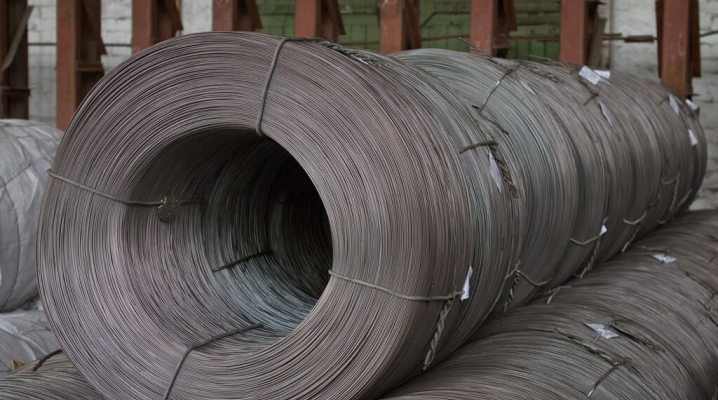
Every person had to use a wire at least once in his life. Its skein can be found in the arsenal of any thrifty owner, since you cannot do without this product in everyday life. Despite the huge selection of products on the market, BP wire, which is produced with different cross-sectional diameters, is in special demand.
What it is?
BP wire is a long metal product produced in the form of a cord or thread. It is also often called reinforcing wire. This product is manufactured from low carbon steel, which contains up to 0.25% carbon. This type of wire is characterized by the presence of corrugation on both sides, while the other two sides have a smooth surface. The product is supplied for sale in coils weighing from 20 to 100 kg.
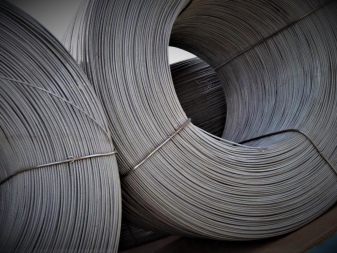

This wire is available in diameters of 3.0, 3.8, 4.0 and 5.0 mm. Its cross-section is usually round, although on sale you can find views with polygonal and oval cuts. In the manufacturing process, the product is divided into five main classes, the first number after the designation BP indicates the strength class.
Production is carried out in accordance with the established standards of GOST, it is not allowed to have protrusions, dents. In addition, the wire must have high mechanical properties: it must withstand a certain number of bends and have a good breaking strength. Its quality control is carried out in production by special methods (tests). These products are produced by the cold drawing method of steel wire rod, which is pulled through the dies (holes) using special equipment. The weight of a meter of wire with a diameter of 3 mm is 0.052 kg, 4 mm - 0.092 kg and 5 mm - 0.144 kg.

Species overview
Today, BP wire is presented on the market in several types, each of which is characterized by its own operational properties and purpose.
- BP-1. It is a corrugated product with notches. Its main purpose is to provide enhanced adhesion to reinforcing material (for example, cement). The main advantages of this type are high strength, good quality, durability and affordable price. There are no downsides.
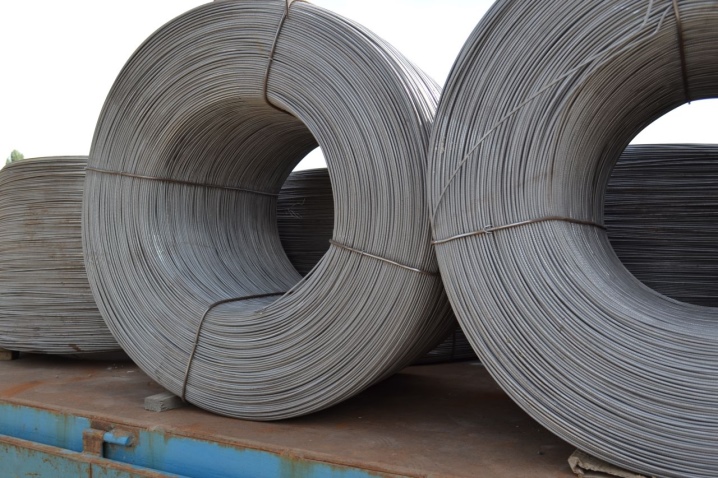
- BP-2. This wire is produced in accordance with GOST 7348-81 from high-quality carbon steel grades 75, 80 and 85. This type of wire can have two strength classes: 1400 and 1500 N / mm2. As for the inner diameter of the wire coil, it can be from 1000 to 1400 mm. Advantages - high quality, affordable cost. Minus - the breaking strength is less than 400 kgf.
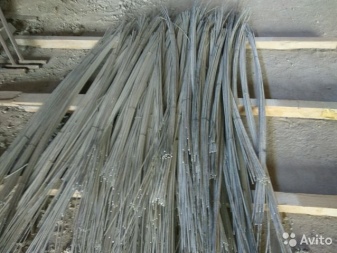
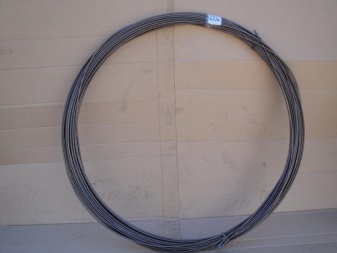
- BP-3. Cold drawn product made from carbon steel. It is characterized by high rigidity, low temperature resistance, strength. Supplied in skeins of different sizes. There are no downsides.
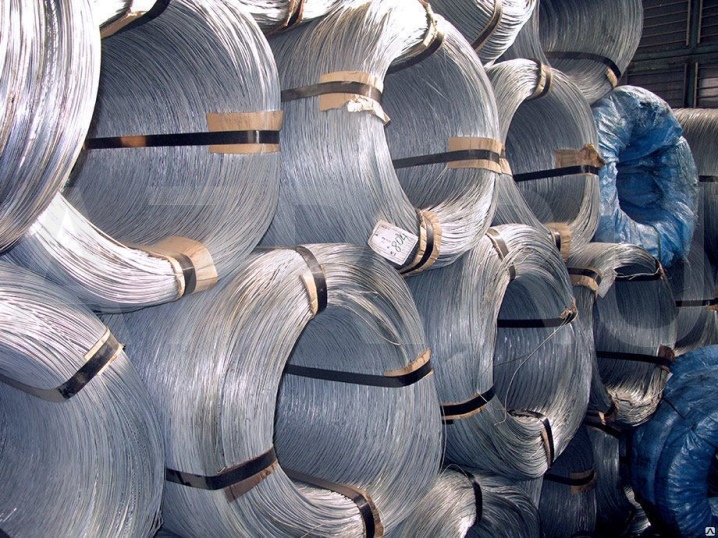
- BP-4. Steel wire for reinforcing reinforced concrete structures. It is produced from steel grades 65, 70, 80 and 85. The step of the dent in this type of wire is 3 mm, the depth is 0.25 mm, the projection length is 1 mm, the breaking force is from 1085 kgf. There are no downsides.

- BP-5. Cold drawn low carbon wire that has high mechanical properties at small diameters. No shortcomings were found.

Application area
BP wire is in great demand in many fields of activity. Most often it is used in construction for the reinforcement of small-sized reinforced concrete elements, foundations, in the manufacture of self-leveling floors and in plastering works.In addition, the product is used in the manufacture of road and masonry nets, curbs, paving slabs, hardware, nails, springs, electrodes and cables. The product has found wide distribution in the household.
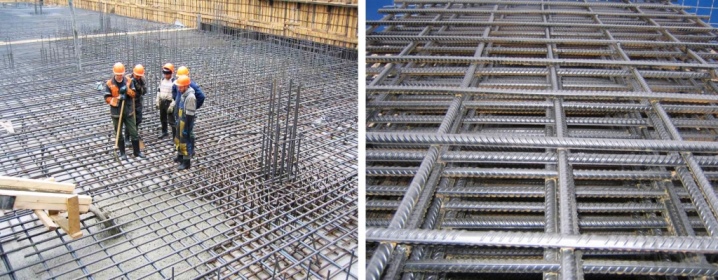
See wire overview below.













The comment was sent successfully.